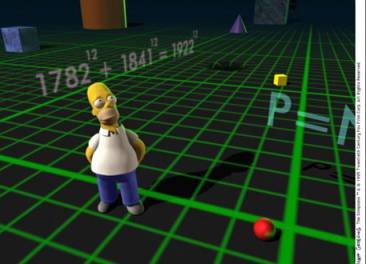Here is the 8th Mathematics and Multimedia Blog Carnival for February (sorry it’s a few days late) with 8 interesting posts about mathematics.

8 is an especially interesting number. It is the number of bits in a byte for example, and the number of sides on a chess board. It is the smallest composite Fibonacci number, and the only number (besides 1) in this sequence which is perfect cube. 8 = 23 and 8 in binary form is 1000.
This month we have a number of interesting articles, which I’m diving into sub-categories. You can check them out below.
Pure Math
John Cook presents an interesting relationship between the Twin prime conjecture and the Pentium division bug — The Endeavour posted at The Endeavour.
Guillermo P. Bautista Jr. presents a proof of The Infinitude of Pythagorean Triples « Mathematics and Multimedia which is posted at Mathematics and Multimedia.

Gary Ernest Davis talks about near misses in mathematics, or how computational errors from calculators can result in "disproving" famous theorems on his Republic of Mathematics blog.
History of Mathematics
Romeo Vitelli writes about The Mathematician In The Asylum posted at Providentia. "As it stand, Andre Bloch’s case represents a fascinating example of how even institutionalized psychiatric patients can continue having an influence on the world."
Mathematics Education
Earl Samuelson describes how he teachers an Introduction to Differential Calculus posted at Samuelson Mathxp.
I talk about how it doesn’t matter if students struggle understanding how algebra works, or by using a calculator, either way it’s still Mumbo Jumbo to them.
Maria Droujkova talks about how "[her] multiplicative, non-linear kid" is coping with learning about curvy and non-curvy functions and struggling with the vocabulary of linear vs non-linear. She makes a good point about how much of what we teach is a social construct, rather than a function of the mathematics itself.
Dan Meyer shows that you can get some deep, interesting and challenging mathematics just by asking questions about how well cheese melts in a microwave.